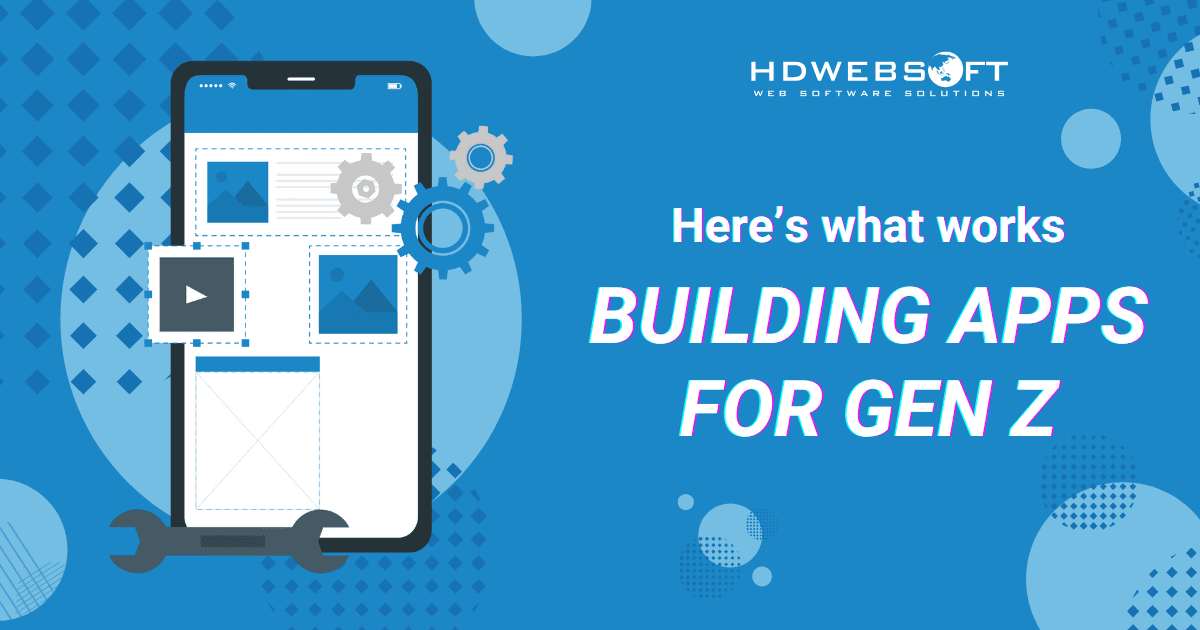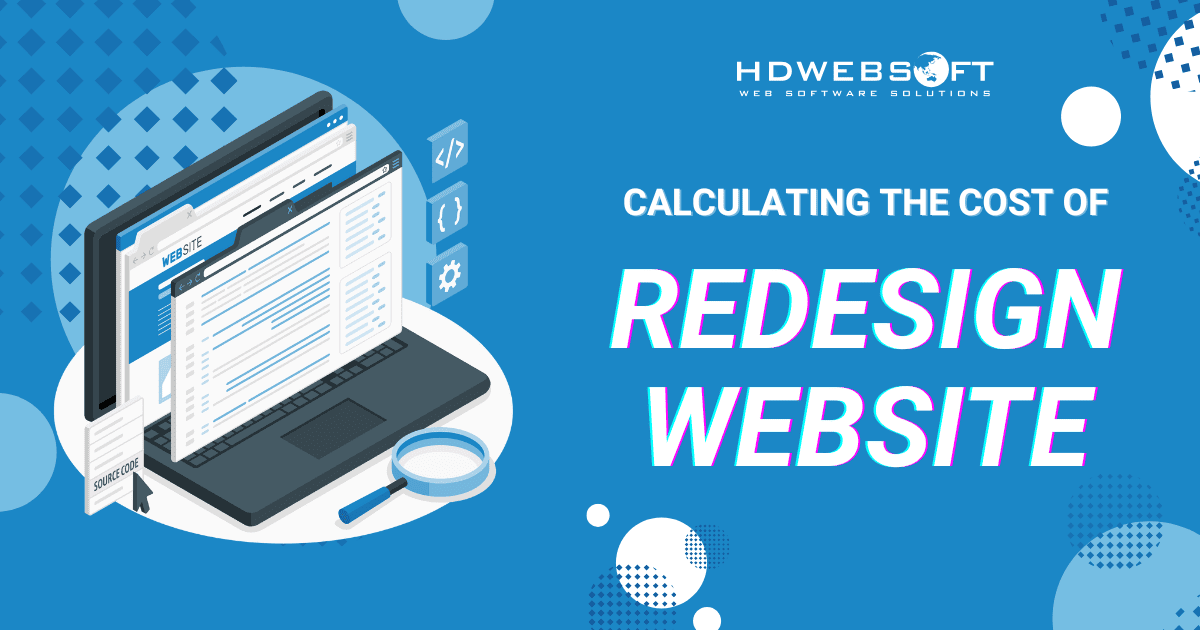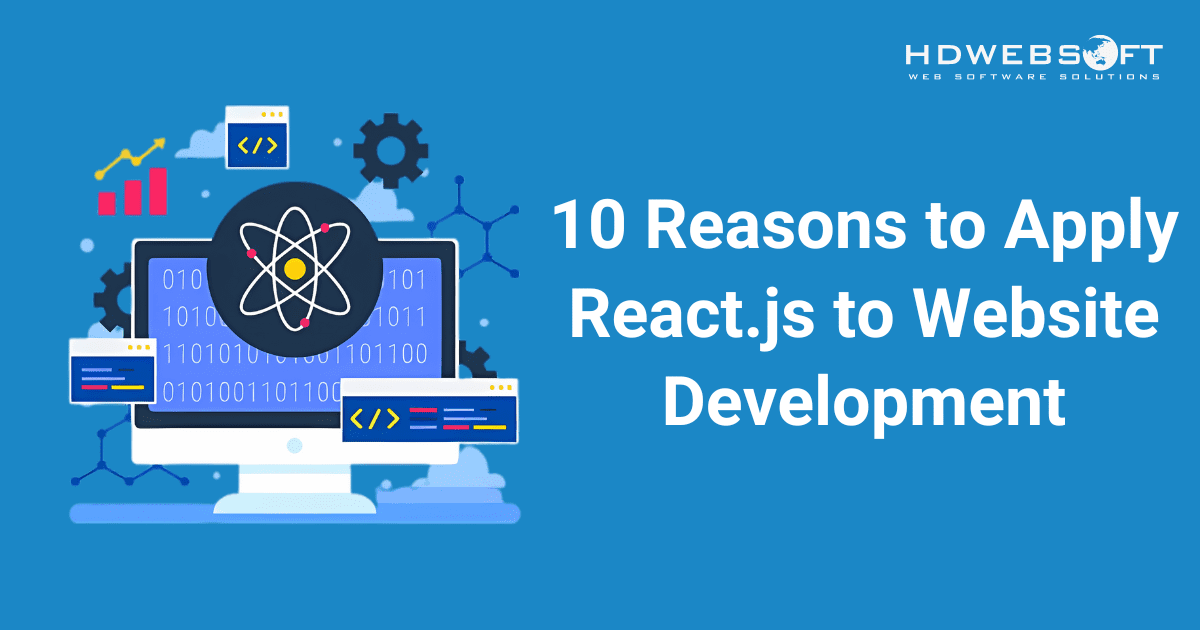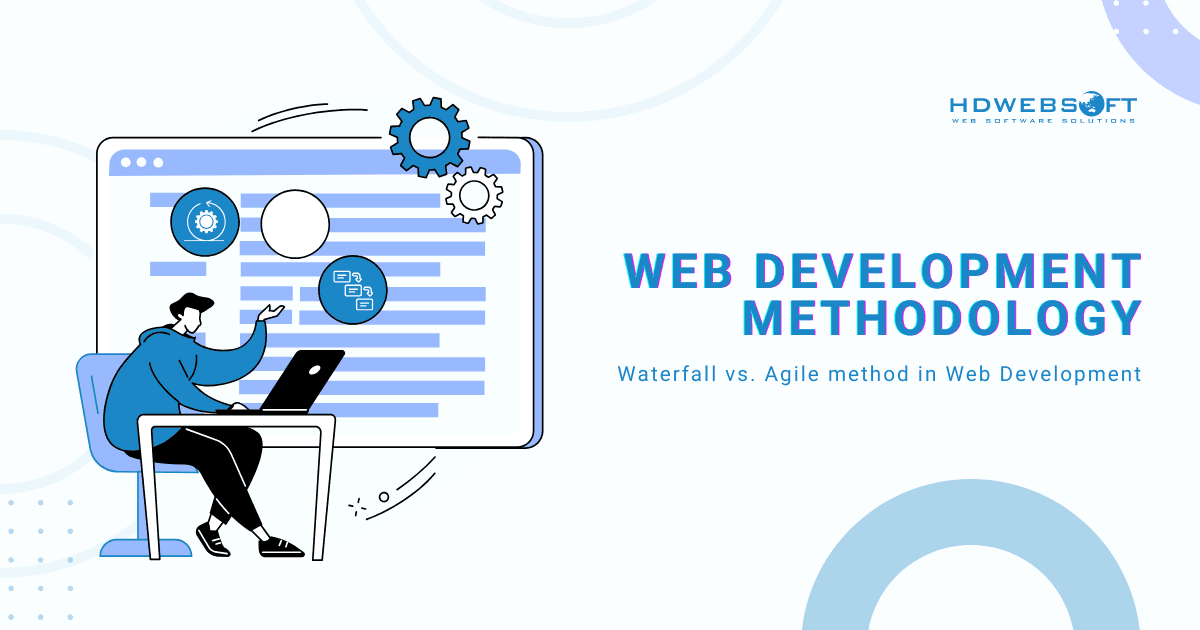
How to Choose the Right Web Development Methodology for Your Project
Web development methodology may sound like technical jargon, but it has a direct impact on your project’s success, budget predictability, and day-to-day experience working with developers. When you’re evaluating top-rated web development firms, one critical question often gets overlooked.
Which development approach will they use to build your project?
This decision shapes everything from how often you’ll see progress to whether you can make changes mid-project. Hence, understanding the main methodologies from a client perspective helps you make informed decisions and set realistic expectations.
In this article, you’ll discover how different website development frameworks affect your project. Ultimately, you’ll learn which approach aligns best with your specific needs.
- 1) Why Web Development Methodology Matters for Your Business
- 2) Understanding the Main Web Development Methodologies
- 3) The Web Development Methodology Decision Framework
- 4) Questions to Ask Web Development Companies About Methodology
- 5) How Methodology Affects Key Project Aspects
- 6) Real-World Scenarios: Methodology in Action
- 7) Making Methodology Work: Your Role as a Client
- 8) Common Mistakes to Avoid
- 9) Conclusion
Why Web Development Methodology Matters for Your Business
Before diving into specific frameworks, it’s essential to understand how your methodology choice ripples through every aspect of your project. The right approach aligns with your business constraints, while the wrong one creates friction and frustration.
The Real-World Impact on Your Project
Beyond the technical aspects, your chosen web development methodology influences four critical business factors.
- First, timeline predictability varies dramatically. Some approaches offer fixed deadlines while others maintain flexible schedules that adapt to evolving requirements.
- Second, budget management differs significantly across methodologies, affecting how you handle change requests and cost overruns.
- Third, your involvement level fluctuates based on the framework. Notably, some require weekly participation and others need minimal input after initial planning.
- Finally, each methodology presents different trade-offs between adaptability and structure.
Common Client Misconceptions
Many business owners assume the website development methodology doesn’t matter as long as the final product meets expectations. However, this misconception often leads to frustration during development when reality doesn’t match expectations.
Another prevalent myth suggests that Agile is universally superior, yet certain projects benefit more from traditional approaches. Additionally, clients frequently believe they have no say in methodology selection. However, reputable firms should, in fact, discuss this choice collaboratively during the planning phase.
Understanding the Main Web Development Methodologies
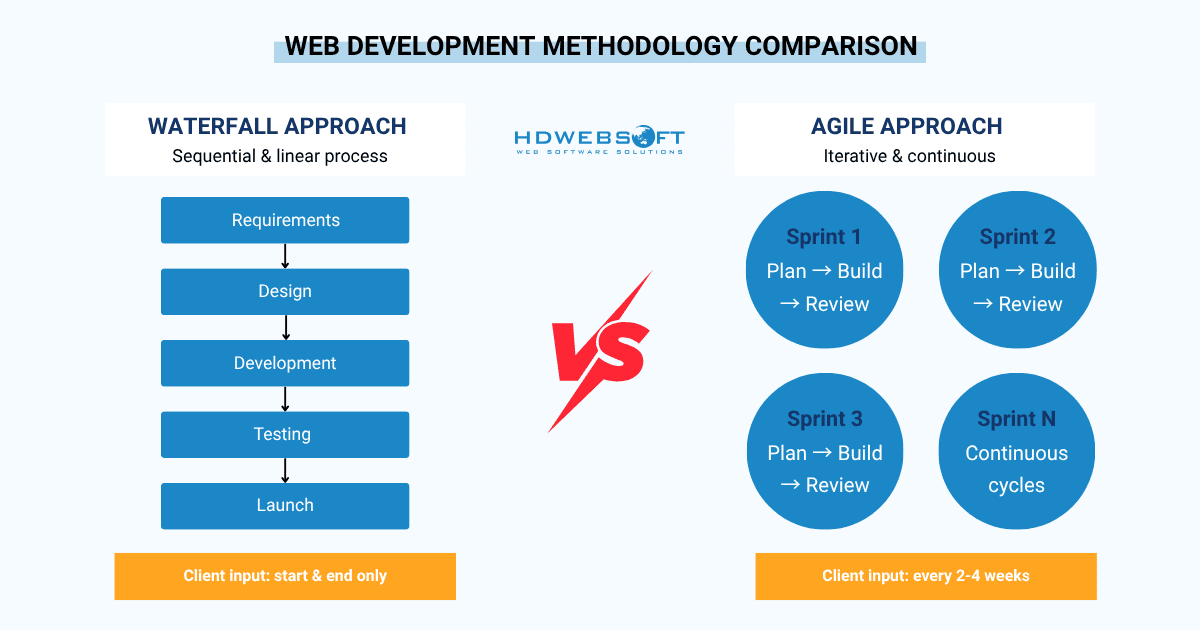
Each web development methodology offers distinct advantages and limitations. Understanding how these approaches impact your day-to-day experience enables you to make an informed decision. Instead of simply following the preferences of your development company, you can choose what truly fits your needs.
Waterfall: The Sequential Approach
Traditional Waterfall follows a linear path through distinct phases: requirements, design, development, testing, and launch. Each phase must be completed entirely before the next begins, creating clear boundaries and predictable milestones.
For clients, the Waterfall methodology in web development offers several advantages. You’ll receive detailed documentation upfront, enjoy fixed timelines and budgets, and invest minimal time after establishing initial requirements. Moreover, Waterfall provides crystal-clear deliverables at each stage.
Nevertheless, this approach has limitations worth considering. Visibility during development remains limited since you won’t see working features until near completion. Changes after a phase finishes become expensive and complicated to implement. Furthermore, if your initial requirements were incomplete or incorrect, you face higher risks of disappointing outcomes.
Waterfall web development methodology is best suited for:
- Projects with unchanging, well-defined requirements
- Regulatory or compliance-heavy industries like healthcare and finance
- Fixed-bid contracts where scope modifications won’t occur
- Teams with limited availability for ongoing collaboration
Agile Methodology in Web Development: The Iterative Framework
The Agile methodology in web development breaks projects into short cycles called sprints, typically lasting two to four weeks. Throughout each sprint, developers build working features that you can review and test immediately. Unlike the Waterfall method, requirements can evolve based on feedback, and continuous collaboration between your team and developers remains essential.
From a client perspective, Agile methodology in web development delivers distinct benefits. You’ll see tangible progress every few weeks rather than waiting months for results. Priorities and requirements can shift as you learn more about what works. What’s more, problems surface early when they’re cheaper to fix, and the risk of catastrophic failures decreases substantially.
However, Agile web development methodology also demands certain commitments from clients. Your team must dedicate ongoing time throughout the project, not just at the beginning and end. Plus, budget and timeline predictions become less precise since the scope evolves during development.
It’s worth noting that the final product may differ from your initial vision as the project adapts to real-world insights. Additionally, this framework requires trust and flexibility from all stakeholders.
Agile method in web development is optimal for:
- Projects where requirements will likely evolve during development
- Startups building MVPs that need market validation before full buildout
- Complex initiatives with uncertain technical paths
- Teams capable of active, regular participation
Hybrid Approaches
Recognizing that pure methodologies don’t fit every scenario, many firms combine elements from different frameworks. A common pattern applies Waterfall’s structure to planning and design phases while using Agile methodology in web development for development and testing. This balance provides predictability where you need it most while maintaining flexibility during construction.
For clients, hybrid approaches in web development methodology offer the best of both worlds. Major deliverables follow fixed scopes and timelines, while development phases allow refinement and adjustment. Structured milestones provide accountability, yet there’s room for learning and improvement throughout the process.
The Web Development Methodology Decision Framework
Choosing the right website development approach requires an honest assessment of your project characteristics and organizational capacity. Rather than following trends or assumptions, evaluate these critical factors systematically.
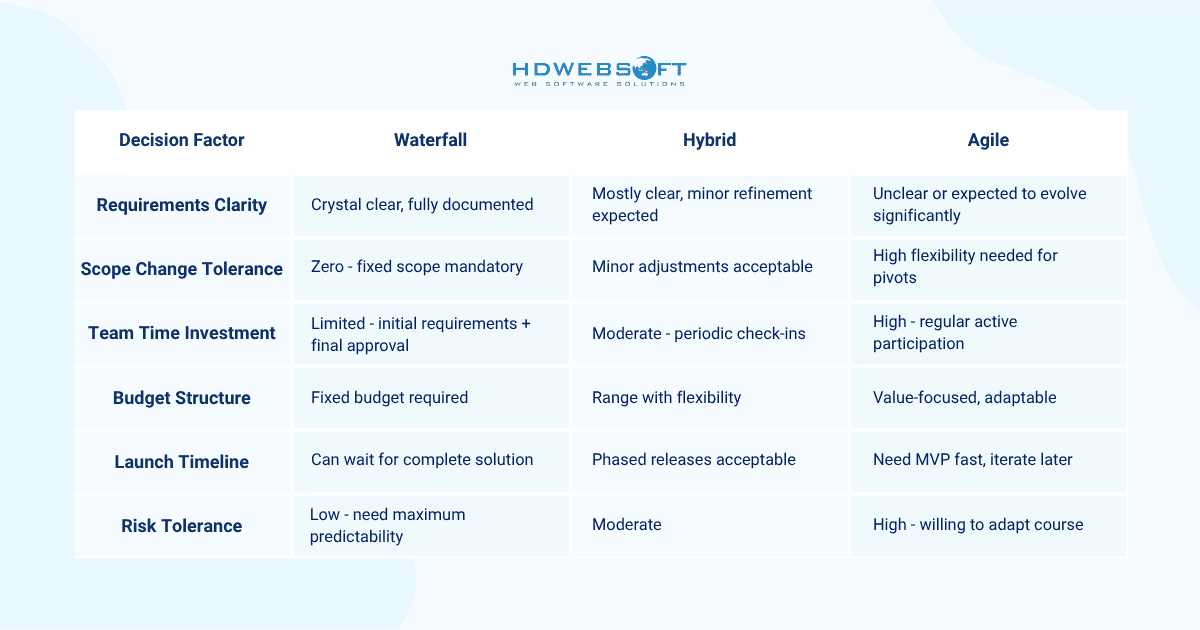
Assessing Your Project Needs
Start by examining how well you understand your requirements. When every feature and functionality is documented and unlikely to change, Waterfall becomes viable. Conversely, if you’re exploring new territory or expect to learn significantly during development, Agile methodology in web development serves you better. Projects falling in between benefit from hybrid approaches that provide structure with controlled flexibility.
Next, consider your organization’s capacity for involvement. Agile web development methodology requires dedicated participation. Therefore, someone from your team must be available for sprint reviews, provide timely feedback, and make quick decisions.
If your stakeholders can’t commit this time, choosing the Agile approach sets everyone up for frustration. On the other hand, Waterfall demands less ongoing involvement but requires a thorough upfront investment in requirements definition.
Questions to Ask Web Development Companies About Methodology
Once you understand the methodologies and have assessed your needs, the next step is vetting potential partners. These targeted questions reveal whether a firm truly understands methodology selection or simply pushes their preferred approach.
Essential Vetting Questions
During the vendor selection process, asking targeted questions about software development models reveals how firms think and operate.
Start with “What methodology do you typically use, and why?” Listen for explanations in business terms rather than technical jargon. Quality firms connect their methodology choice to client outcomes, not just developer preferences.
Follow up by asking, “Can you walk me through my day-to-day experience with this web development methodology?” Specific details about communication frequency, review cycles, and decision points indicate experienced teams who’ve thought through the client journey.
Furthermore, inquire about handling change requests mid-project. Their answer reveals flexibility, cost implications, and whether they’ve established clear processes.
Red Flags and Green Flags
Be cautious when firms insist they “only do [one methodology] for everything.” This rigidity suggests they’re optimizing for their convenience rather than your needs. Similarly, if they can’t explain their approach in simple language or dismiss your concerns about involvement levels, these warning signs indicate potential communication problems ahead.
Conversely, positive indicators include firms that ask questions about YOUR needs before recommending an approach. When they honestly explain trade-offs between methodologies and share examples of adapting their process for different clients, you’re dealing with mature, client-focused professionals. Clear, documented processes for handling issues will further demonstrate their professionalism.
How Methodology Affects Key Project Aspects
Understanding web development methodology in theory is one thing, but seeing how it shapes practical project elements helps you set realistic expectations. Here’s how your framework choice influences critical day-to-day operations.
Communication and Reporting
Your chosen methodology fundamentally shapes daily interactions with your development team. Waterfall projects typically involve formal status reports and milestone meetings, with updates arriving less frequently but containing comprehensive information. Meanwhile, Agile methodology in web development emphasizes continuous communication through daily standups, sprint reviews, and ongoing collaboration.
Budget and Pricing Models
Methodology and pricing structures interconnect closely. Waterfall methodology in web development projects usually employs fixed-price contracts since the scope and timeline are predetermined. In contrast, Agile often uses time and materials pricing or retainer agreements that accommodate evolving requirements.
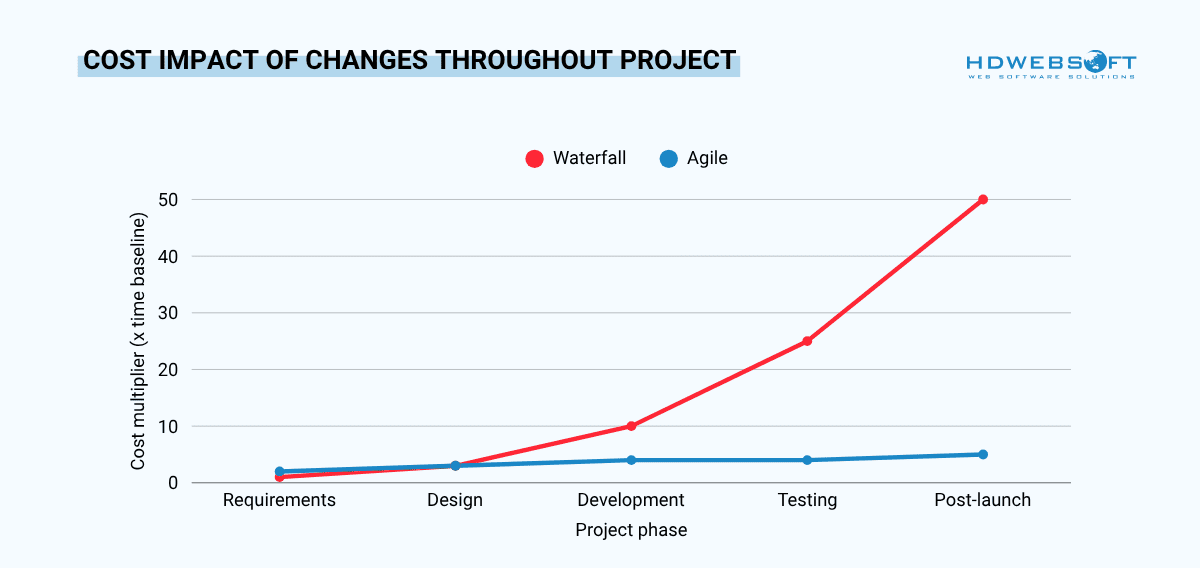
Hybrid approaches might use phased fixed-pricing or capped time and materials arrangements. Understanding this relationship helps you align contract terms with your chosen framework.
Timeline and Deadlines
Expectations around deadlines shift dramatically based on web development methodology. Waterfall provides fixed end dates, assuming requirements remain unchanged, offering certainty for planning related business activities. However, Agile maintains flexible overall timelines while delivering working features regularly throughout the development process.
This trade-off between predictability and adaptability should align with your business constraints.
Real-World Scenarios: Methodology in Action
Theory becomes clearer through concrete examples. These scenarios demonstrate how various projects benefit from specific methodologies tailored to their unique constraints and objectives.
E-commerce Platform Redesign
Consider a mid-sized retailer rebuilding their existing e-commerce site. They have a comprehensive feature list based on their current platform, a fixed budget of $150,000, and a hard deadline before their peak season. Requirements are clear, documented, and unlikely to change since they’re replicating proven functionality with design improvements.
For this scenario, Waterfall or a Waterfall-Agile hybrid works effectively. The predictable timeline ensures launch before their critical sales period, and the fixed budget aligns with their financial planning. Since requirements are stable, the limitations of the Waterfall web development methodology present minimal risk. The project will be delivered on time and within budget, meeting all success criteria.
SaaS Startup MVP
Compare this to a startup developing an innovative project management tool. They have a vision but need market validation before investing in full development. Speed to market is critical, and they expect to pivot based on early user feedback. Their budget allows for flexibility, and the founding team can participate actively throughout the development process.
Here, Agile methodology in web development proves ideal. They launched an MVP within three months, incorporating core features, gathered user feedback, and adjusted their roadmap based on real-world usage data. Features they initially considered essential received low engagement, while users requested capabilities the team hadn’t anticipated. The flexibility to adapt transformed a good idea into a product that truly resonated with their target market.
Making Methodology Work: Your Role as a Client
Selecting the right web development methodology is only half the equation. Success requires active participation and a clear understanding of your responsibilities. Here’s how to position yourself for a productive partnership.
Setting Yourself Up for Success
Regardless of which methodology you select, certain client responsibilities remain constant:
- Assign a dedicated point person from your team with authority to make decisions and provide timely feedback.
- Establish clear communication protocols upfront, including preferred channels, response time expectations, and escalation procedures.
- Define decision-making authority so developers know who can approve changes or resolve conflicts.
Notably, fewer than two in three projects have engaged project sponsors, which contributes significantly to project challenges. This lack of active client participation directly impacts outcomes, regardless of the chosen methodology.
Methodology-Specific Client Responsibilities
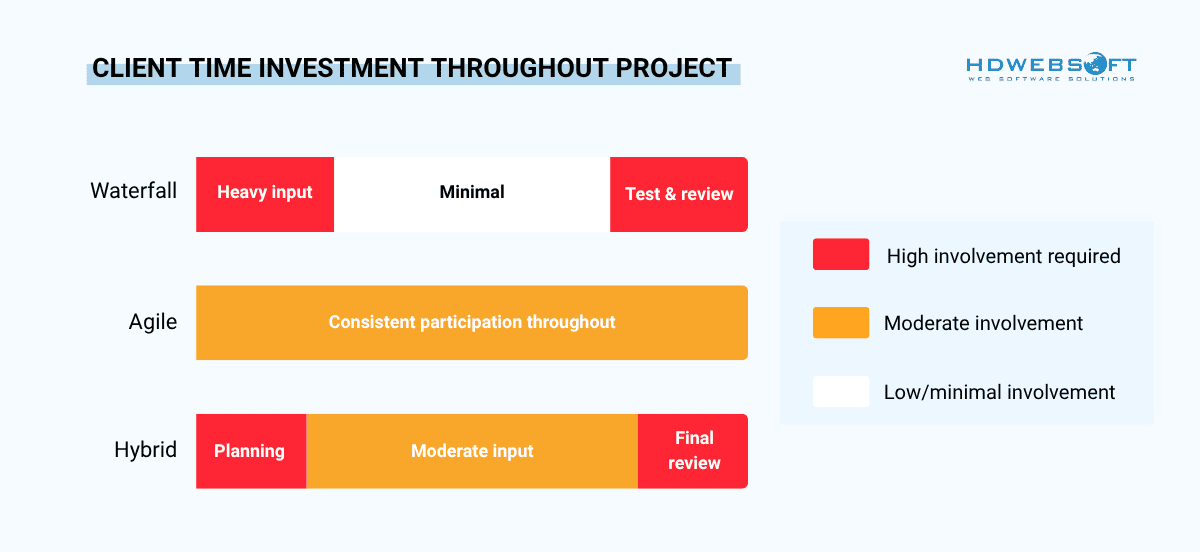
For Waterfall projects, invest heavily during the requirements phase—it’s your primary opportunity for input. Thoroughly review all documentation before giving approval since changes later become exponentially more expensive. Plan adequate time for formal acceptance testing at the end, rather than rushing this critical validation step.
With Agile web development methodology, block time for regular sprint reviews and planning sessions on your calendar well in advance. Prepare to make quick decisions since development can’t pause while waiting for feedback. Prioritize providing timely input over perfecting every detail, and embrace incremental progress rather than waiting for perfection.
Common Mistakes to Avoid
Even with good intentions, clients frequently stumble into predictable traps when selecting and implementing methodologies. Awareness of these pitfalls helps you sidestep costly errors.
Choosing Based on Trends Rather Than Needs
The popularity of Agile methodology in web development leads many clients to request it without considering whether it fits their project. Just because “everyone says Agile is best” doesn’t mean it’s optimal for your specific situation. While Agile projects have a 64% success rate compared to Waterfall’s 49%, this doesn’t mean Agile automatically suits every project type.
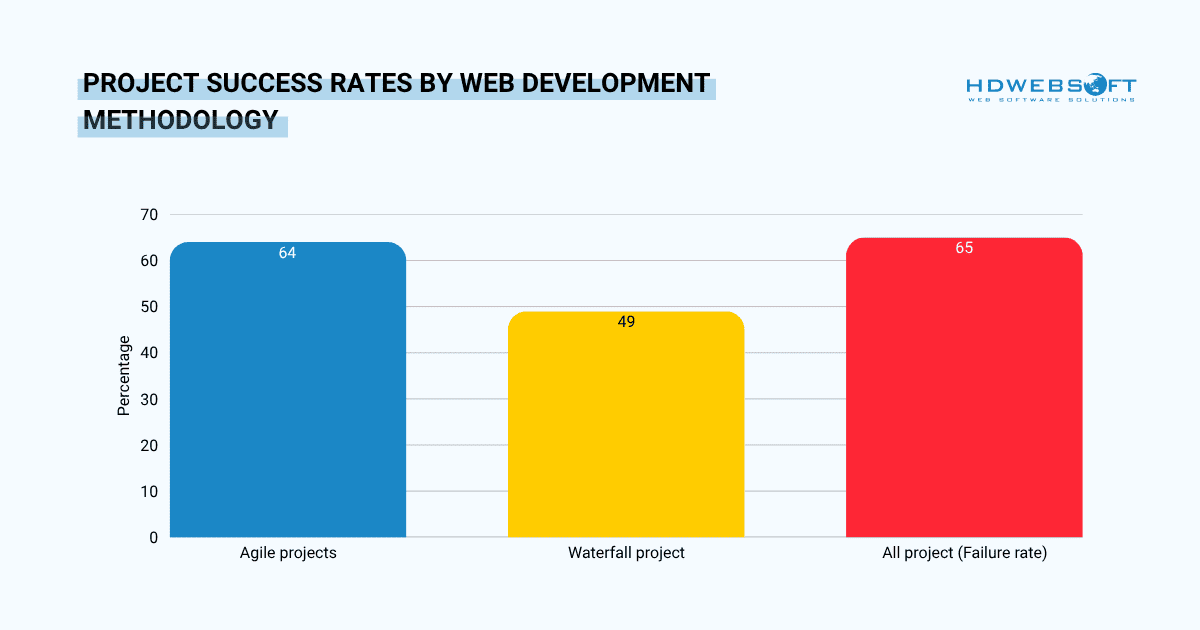
Similarly, some dismiss Waterfall as outdated when it might be perfectly appropriate for their well-defined project with fixed constraints. The key is matching web development methodology to your specific circumstances, not following industry trends blindly.
Misaligning Methodology and Contract Terms
Another frequent mistake involves requesting Agile flexibility within a fixed-price contract. These approaches fundamentally conflict, as Agile’s adaptability requires pricing structures that can accommodate change. Conversely, expecting Waterfall-style predictability while insisting on time and materials pricing creates mismatched expectations that lead to conflict.
Not Understanding Your Own Commitment Level
Clients sometimes agree to Agile methodology in web development without realizing the ongoing time investment required. When they can’t participate regularly, projects stall or developers make assumptions without proper input. Conversely, some choose Waterfall expecting a hands-off experience but then want to make constant changes, creating friction and cost overruns.
Research shows that 65% of all projects fail, with changes in organizational priorities and inaccurate requirement collection among the top causes. Many of these failures stem from methodology-client commitment misalignment rather than technical issues.
Conclusion
Selecting the right web development methodology significantly impacts your project’s success. It’s not just from a technical perspective but in terms of your entire experience working with the development team. No single approach reigns supreme. Waterfall, Agile, and hybrid methodologies each serve different project types, organizational capacities, and business constraints optimally.
The key is aligning your methodology choice with reality: how clear are your requirements, how much can your team participate, and how much flexibility do you need? Use the decision framework provided to assess your situation honestly, then discuss methodology explicitly during vendor selection. When methodology, contract terms, and team expectations align properly, you’ve laid the groundwork for a successful development partnership.
Ready to work with a development partner that adapts methodology to your project needs? Explore HDWEBSOFT’s website development services to discover how we tailor our approach to deliver solutions that align with your business goals and team capacity.







